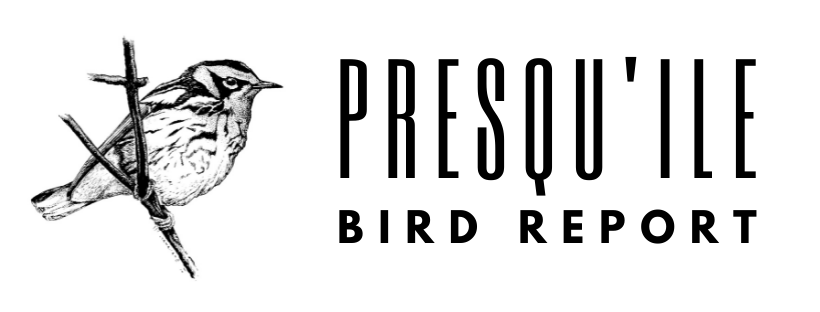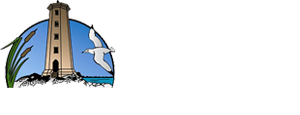
This report is primarily based on sightings gleaned from eBird, and those reported directly to me. I would be grateful to hear of any interesting sightings. You can reach me at rdouglasmcrae@gmail.com. Your observations are very much appreciated. If you are reporting something rare, please provide some details (exact location, ID features noted) or photographs if possible. Finally in order to try and keep the database as accurate as possible, eBird accounts submitted under false names or pseudonyms will not be used unless I know who the actual observer is.
HIGHLIGHTS: Little Gull, Forster’s Tern
OVERVIEW: Most park birds are in full nesting mode with many young birds now out of nests and being fed by parents. This will be the main story for the next few weeks as the avian population swells with new recruits. Migration is largely done except for the last shorebirds, some of which are heading to the High Arctic still thousands of kilometers away. The amazing thing is that within two weeks we should start to see the first migrating SOUTHBOUND shorebirds!
SIGHTINGS:
Mute Swan: The growing flock of Mute Swans around the islands totaled 95 birds on 15 Jun, mostly made up of sub-adult and failed breeders. Presqu’ile and area has the highest population of this ecologically damaging, non-native species in the Province.
American Wigeon: At least two birds remain in the puddle duck flock that hangs out around Gull and High Bluff Is. being seen on 11 Jun and 15 Jun.
American Black Duck: Two birds were in the mixed puddle duck flock on 11 Jun.
Northern Shoveler: Two moulting males were seen on 11 Jun.
Northern Harrier: One seen on 14 Jun was the only report.
Black-bellied Plover: Three birds, a bright male, a scruffier bird maybe a female and a first summer bird appeared on 15 Jun and remained until the next day.
Semipalmated Plover: Two were seen on 15 Jun and one the following day.
Whimbrel: A late bird could be heard calling over the islands on 15 Jun but couldn’t be spotted among the mass of airborne birds there.
Ruddy Turnstone: A bright male was on the shoals off Owen Pt. on 15 Jun.
Sanderling: Two were seen on 15 Jun.
Dunlin: Singles were seen on 11 Jun and 15 Jun.
Semipalmated Sandpiper: One was seen on 11 Jun, then a late flock of 27 was noted on 15 Jun.
Bonaparte’s Gull: A flock of sub-adult birds is gathering on the tip of Salt, peaking at 36 on 14 Jun.
Little Gull: A first summer bird joined the Salt Pt. Bonaparte’s flock and was seen on 14 Jun and again the next day.
Ring-billed Gull: The first flying young of the year was on Owen Pt. on 15 Jun.
Forster’s Tern: A first-summer bird, presumably the same one seen a few weeks ago, was reported off the beach on 15 Jun.
Blue Jay: Eight birds were seen still “migrating” off the Lighthouse on 15 Jun.
Common Raven: This species was rare here until 20 years ago when a southern range expansion started to take hold. It is now a “normal” thing to see in the park. A family party on Owen Pt. on 15 Jun was observed flying out to High Bluff Is.
Rough-winged Swallow: Swallows in general seem to be in very low numbers but this species is especially scarce. Two seen on 15 Jun was the only report.
Black-throated Blue Warbler: A singing male was in the Beach 3 parking area on 16 Jun where no suitable breeding habitat exists, illustrating how roaming/failed breeders can pop up anywhere.
Canada Warbler: Apart from a known nesting pair, a singing male Canada was in a backyard on Bayshore Rd on 17 Jun. Like the BTB Warbler, this is a roaming male.
Please Note: Access to Gull and High Bluff Island is closed to visitation between 10 March and 10 September to protect the thousands of colonial birds that nest on the islands.
Directions: Presqu’ile Provincial Park is located south of Brighton on the north shore of Lake Ontario. It is well signed from either Hwy. 401 or Cty. Rd. 2.


